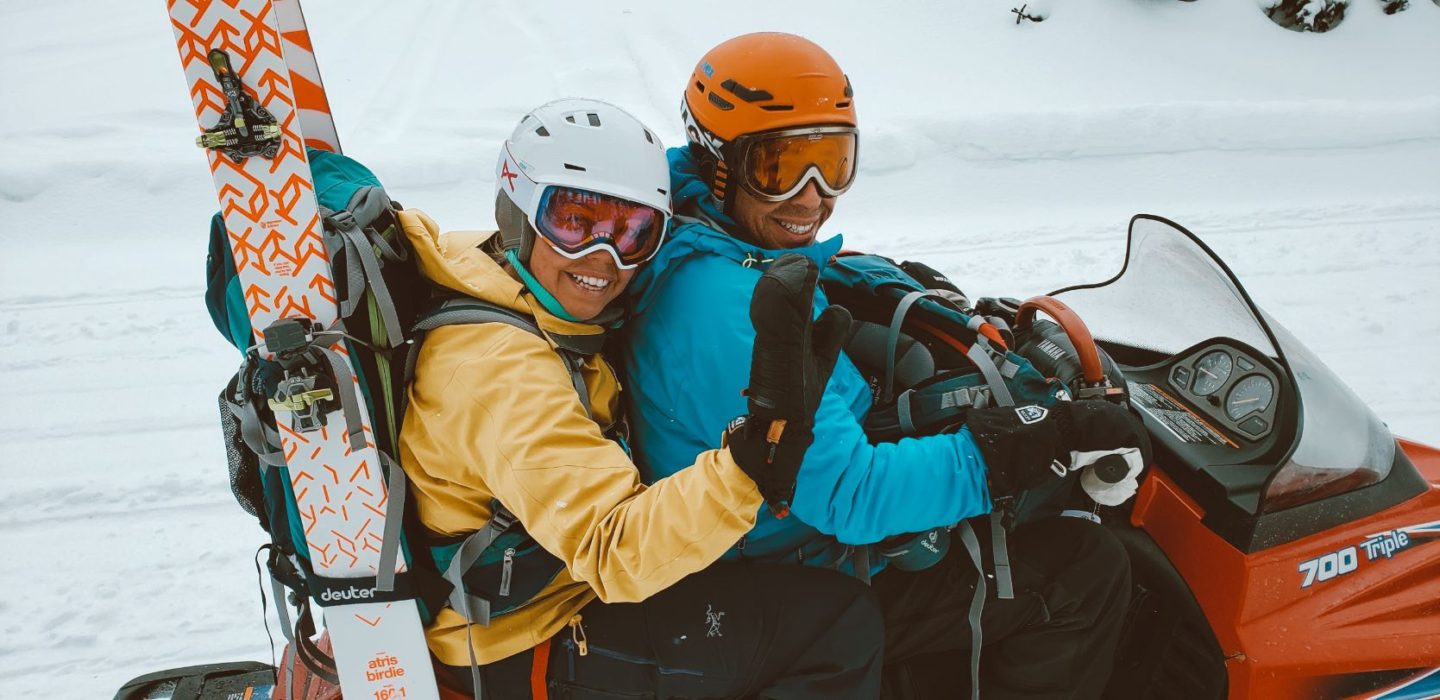Properly layering for backcountry skiing can have a big impact on your day in the backcountry. Underdress and you could be cold and miserable all day. Overdress and you’ll be uncomfortable and sweaty, which could then turn to an unshakeable chill. Understanding the role of different ski touring layers – and having them with you – is fundamental to having a safe and enjoyable backcountry ski day, in any weather.
Compared to regular downhill skiing, with ski touring there’s (typically) no chalet to dip into for a quick hot chocolate or shed some extra layers. What’s on your back and in your pack is all you have to combat everything from hot, sweaty ascents and blistering cold summits. Therefore, planning accordingly is essential.
In this article we’ll share our best practices for how to properly layer for backcountry skiing, explore the different ski touring layers, and present some of our favorite products.

The Rules of Layering for Ski Touring
Before we get into the different layers that you should be packing for a ski touring trip, let’s talk about some overarching principles. These are things we’ve learned through the dozens of single and multi-day ski touring trips we’ve logged over the past couple of years. These principles of how to layer for backcountry skiing hold true across all weather and snow conditions.

Planning a Backcountry Ski Tour and not sure what you need to know before you go? Check out our guide to all our our favorite route planning, and safety resources.

